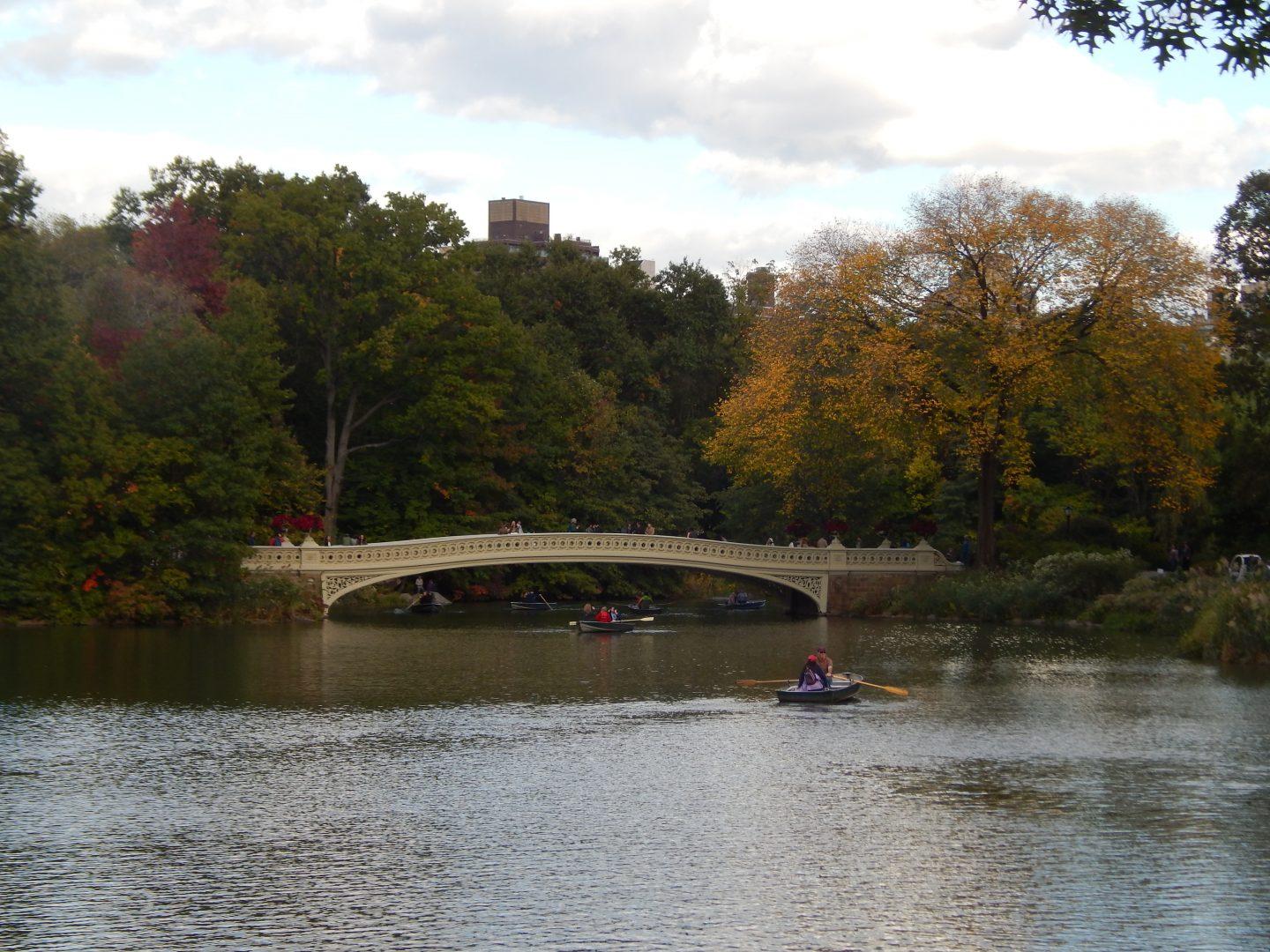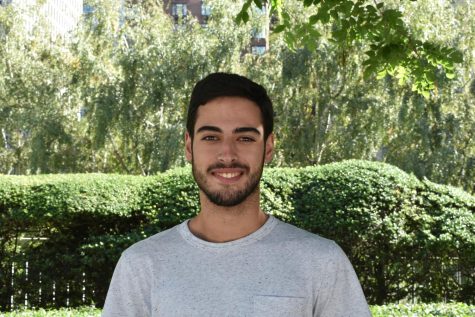Central Park: An Accurate Reflection of New York’s Racist History
The history of Central Park paints a sinister portrait of the city’s history and the future of urban development
Central Park has a self-guided walking tour to teach visitors about the Seneca Village neighborhood.
October 27, 2022
Manhattan in the early 1800s was an undeveloped land full of opportunity, a stark contrast to the overcrowded island we know today. Amid the racial prejudice rife in New York at that time, a predominantly Black community called Seneca Village sprouted up in 1825 in what is now Central Park along the Upper West Side. It was a safe haven from the crowded and racist downtown area of Manhattan. Seneca Village eventually developed into a thriving middle-class neighborhood, complete with 50 homes, three churches and a school for Black children. But in 1857, the Central Park was built over their land, and the community was forced to leave. What happened to cause such a drastic change?
Elite, white landowners in the early 19th century were unimpressed by New York, especially when compared to already-established European cities like London and Paris. They decided that New York was missing an elegant, recreational park, much like the ones scattered across Europe. Central Park would become the remedy to New York’s reputation as a dirty, industrial and unhealthy city. Once the plans for the park were drawn up in 1853, the New York state legislature voted to acquire more than 700 acres of land in the middle of Manhattan through eminent domain, including the land occupied by Seneca Village and other communities of Irish and German immigrants.
An entire established community was displaced, and although landowners were monetarily compensated for the property taken from them, it was not enough to remedy the injustices caused by the seizure of their land. The evicted residents were scattered, and the school and three churches that served the community were destroyed. A potential cultural touchstone of New York was obliterated for the sake of what the rich, white elite wanted.
The disappearance of Seneca Village was also politically destructive: The New York State Constitution of 1821 stated that Black men were only able to vote if they had more than $250 in property in their possession. The seizure of their land was also, in effect, a termination of their right to vote.
That is the short and tragic story of Seneca Village: It started in 1825 and was brutally terminated in its prime in 1857 for the development of Central Park. But why should this matter to us now?
For one thing, Seneca Village is just one of many examples of times where history has been whitewashed. The existence of Seneca Village was largely forgotten until Elizabeth Blackmar and Roy Rosenzweig brought it back into the public consciousness in their 1993 journal article, “The Park and the People: A History of Central Park.” It is essential that we acknowledge the injustices that our beloved city was built upon, not only because it’s important to be aware of our history, but also because it is vital for us to learn from it.
In 2011, an archaeological dig of the land formerly occupied by Seneca Village from West 82nd to West 89th Streets was conducted by researchers from Columbia University and The City University of New York in order to improve our understanding of the way the village’s inhabitants lived. Afterwards, the Central Park Conservancy placed signs around former important sites in Seneca Village and created a self-guided outdoor tour for park visitors to reflect upon. It is clear that Central Park has begun to be more open about its complex and discriminatory history, but is that all the work that needs to be done?
Green spaces similar to Central Park are still being constructed in New York to solve problems like the ones that plagued the city in the mid-1800s, such as air pollution, overcrowding and generally declining mental health. These issues are all reason enough to begin planning more parks around the city. It’s mostly agreed upon that parks are a net positive to any community; however, given the context of Central Park’s history, it’s important to note that the construction of green spaces often have negative consequences on the communities in which they are built because potential future parkgoers are prioritized over the existing needs of marginalized residents.
Construction of green spaces has often been linked to gentrification, or the process by which lower-income residents (who tend to be people of color) are eventually priced out of their homes, due to the movement of higher-income people (who are mostly white) into their neighborhoods. It makes logical sense that parks are correlated with gentrification: Who wouldn’t want to live next to a park, especially a newly constructed one? There’s a reason why apartments close to Central Park are so expensive. Parks raise property values and, in turn, displace the low-income communities they were built near. This is ironic: Low-income communities are the most in need of parks, and yet, when parks are built, they are the ones least likely to benefit from their construction.
Green spaces should be planned to specifically benefit the communities they are built in, not just to add the beauty of nature to an otherwise urban part of the city.
It’s undeniably a good idea to build more parks around New York City, but it can also be dangerous if handled incorrectly. Our city government should take the story of Seneca Village as a lesson in what not to do. The government needs to take accountability for what happened to the inhabitants of Seneca Village as well as make efforts to change the way we think about urban development in New York.
Green spaces should be planned to specifically benefit the communities they are built in, not just to add the beauty of nature to an otherwise urban part of the city. Community participation in urban planning is the best way to ensure that this happens. Protection of lower-income housing must also coexist with urban development. Residents should not have to be evicted from their homes — whether by eminent domain or by gentrification — for New Yorkers to enjoy more fresh air.












